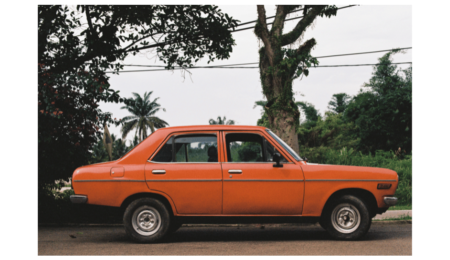What was the Impact of COVID-19 on the Secondhand Car Market in Australia
The impact of COVID-19 on the secondhand car market in Australia was significant, leading to increased demand for vehicles, long waitlists, and soaring prices. The pandemic caused a surge in new car sales, which, coupled with global production shortages, resulted in longer waiting times for buyers and a substantial rise in used car prices, which were reported to be 37% above the pre-pandemic high set in February of the previous year.
Here are some key effects that were observed:
- Initial Decline in Demand: During the early stages of the pandemic, there was a significant decline in consumer demand for secondhand cars. Economic uncertainty, job losses, and restrictions on movement resulted in reduced purchasing power and a more cautious approach to buying vehicles.
- Shift towards Online Sales: As social distancing measures and lockdowns were implemented, traditional brick-and-mortar dealerships faced challenges in attracting customers. Consequently, there was an accelerated shift towards online sales platforms and digital marketplaces. Consumers increasingly turned to online channels to search for and purchase secondhand cars.
- Fluctuating Prices: The pandemic led to fluctuations in used car prices. Initially, prices dropped due to decreased demand. However, as restrictions eased and people sought private transportation over public transport, demand for secondhand cars rebounded, leading to price increases. Additionally, supply chain disruptions and shortages of new vehicles also contributed to price fluctuations in the used car market.
- Shifting Vehicle Preferences: The pandemic influenced consumers’ vehicle preferences and purchasing decisions. There was a growing interest in reliable, affordable, and fuel-efficient cars, as well as an increased demand for recreational vehicles (RVs) and campervans as people looked for alternative travel options during travel restrictions.
- Supply and Inventory Challenges: The pandemic impacted the availability of used cars in the market. New car production slowdowns and supply chain disruptions affected trade-ins and reduced the number of vehicles entering the secondhand market. This limited the inventory and options for buyers, leading to increased competition for available vehicles.
- Private Sales and Peer-to-Peer Platforms: With restrictions on physical interactions, private sales and peer-to-peer platforms gained popularity. Individuals looking to sell their cars turned to online platforms and direct sales, bypassing traditional dealerships.
- Increased Emphasis on Vehicle Safety and Hygiene: The pandemic emphasized the importance of vehicle safety and hygiene. Buyers paid greater attention to factors like cleanliness, sanitation, and contactless services when considering secondhand car purchases.






Leave a Reply